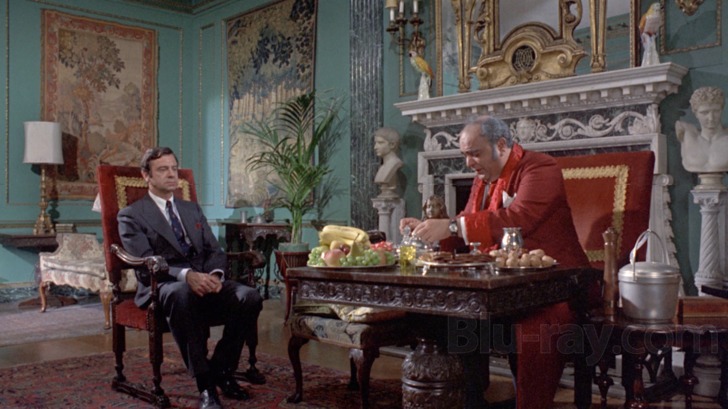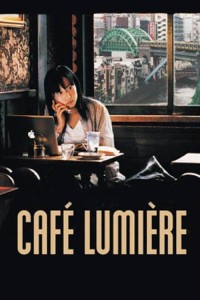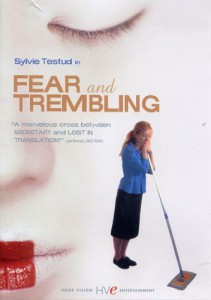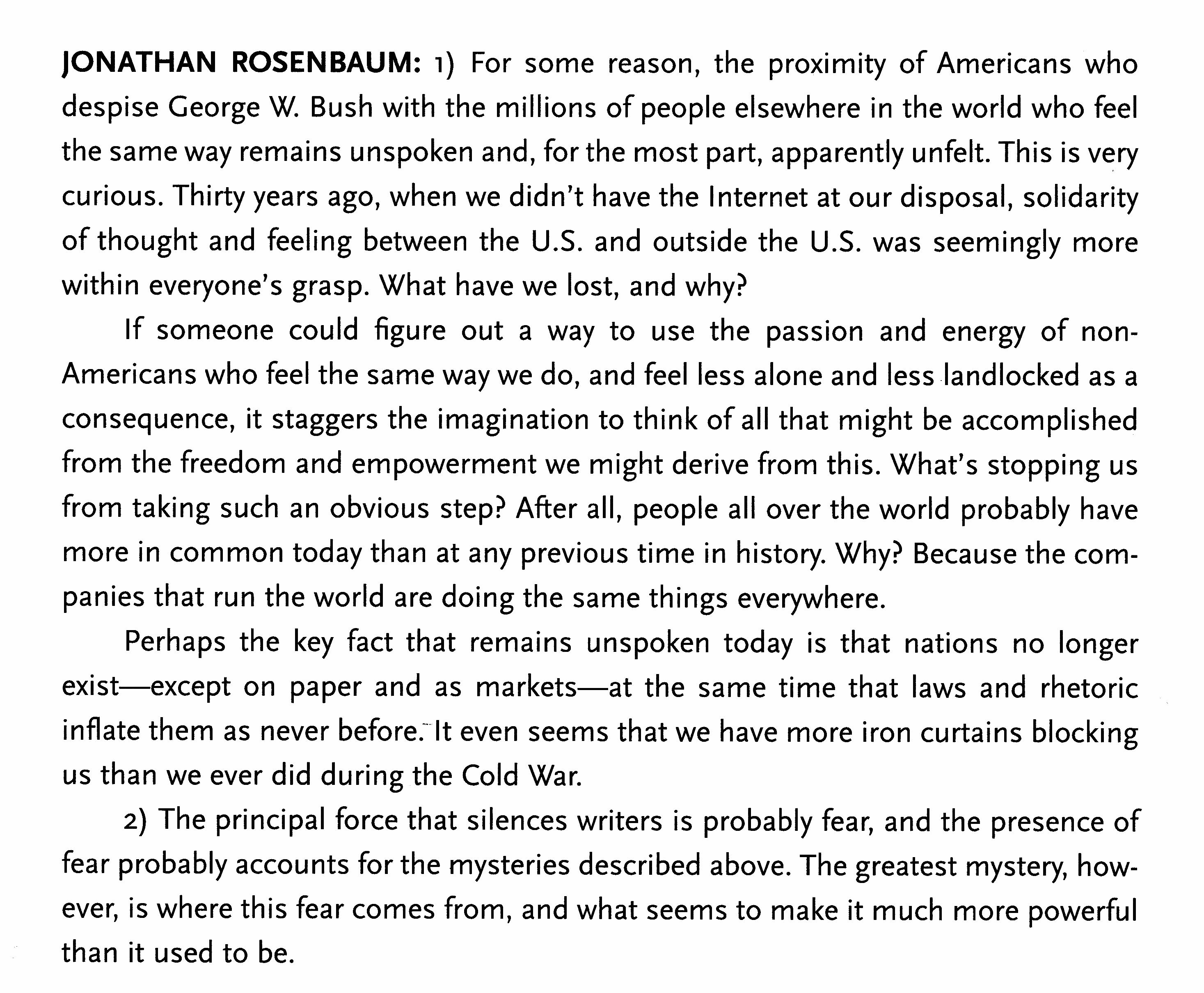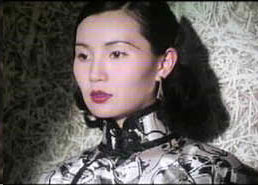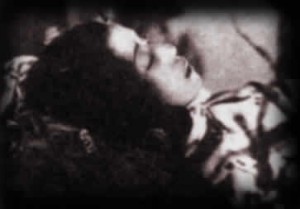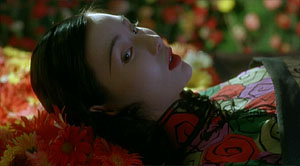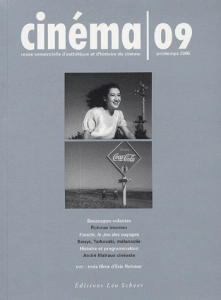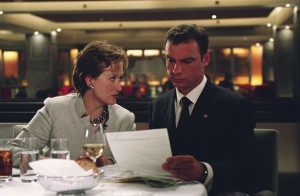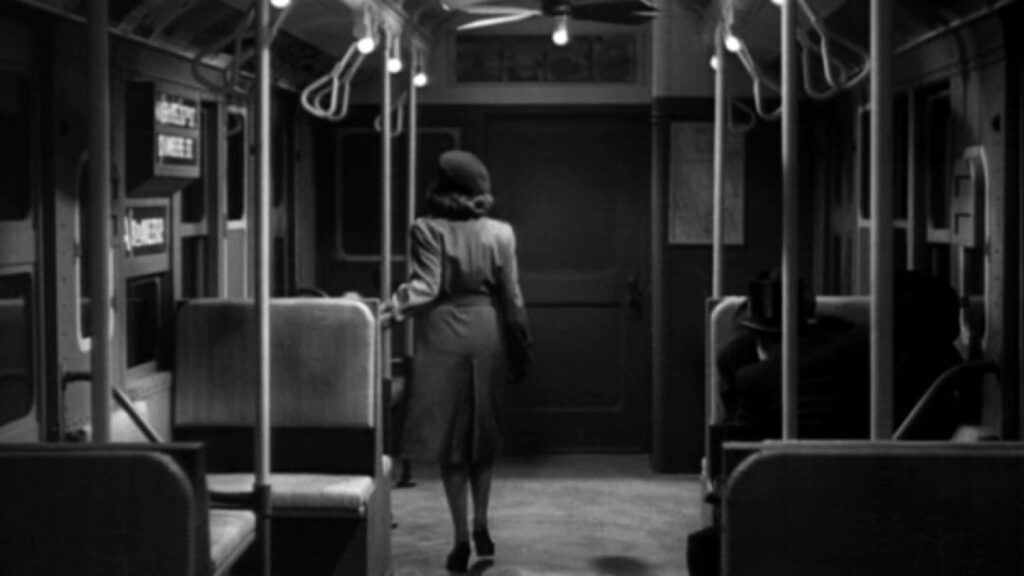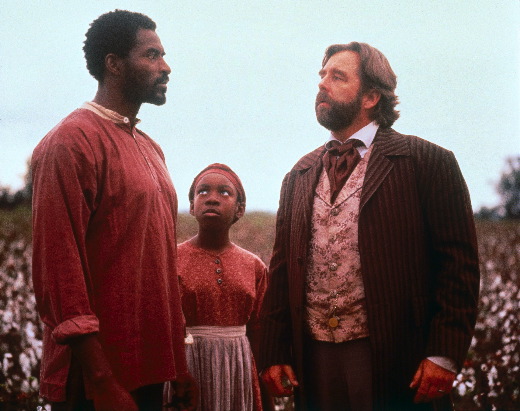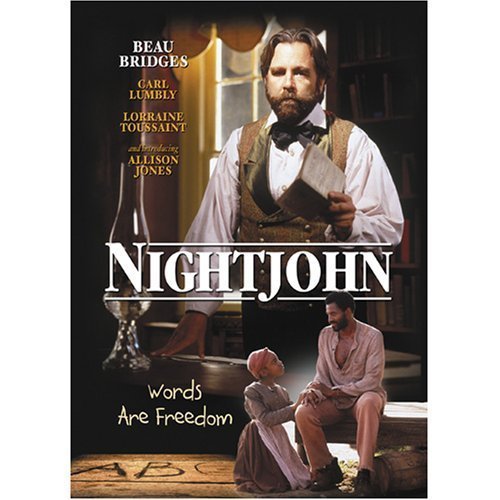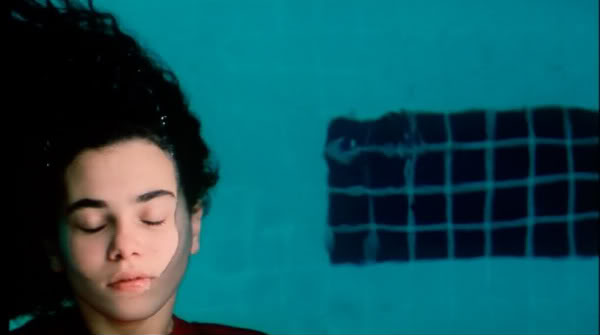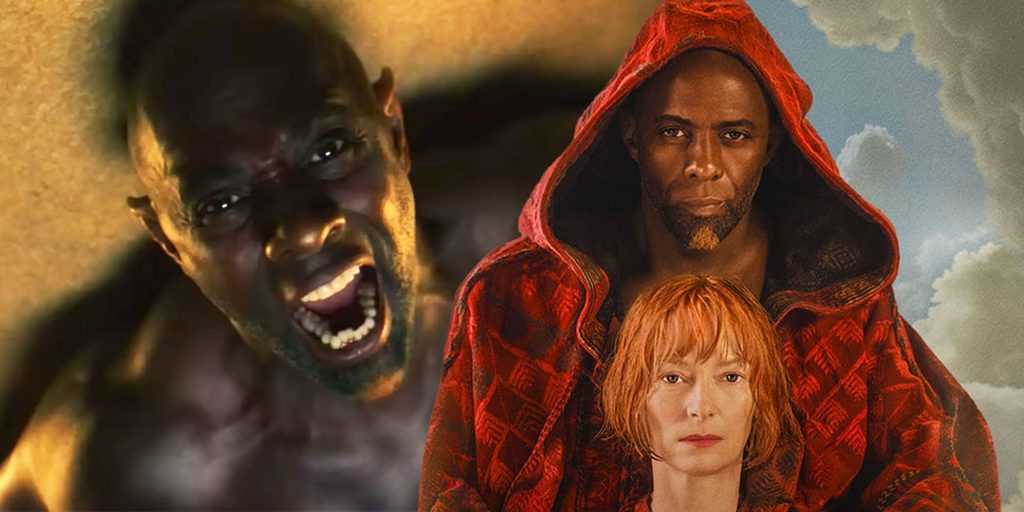
A.S. Byatt’s novella “The Djinn in the Nightingale’s Eye, adapted by Australian filmmaker George Miller (Babe: Pig in the City, Happy Feet, Mad Max: Fury Road) with his daughter Augusta Gore, is a contemporary fantasy about a solitary academic narratologist (Tilda Swinton) who encounters a genie (Idris Elba) while attending a conference in Turkey, Many fairy tales-within-tales follow as flashbacks, cross-referencing A Thousand and One Nights, the myth of Cybele, and The Epic of Gilgamesh as well as Chaucer and Shakespeare. This not only juxtaposes today’s world with the kind of “timeless” language we associate with ancient sorceries. It also juxtaposes the enigma of how to arrive at the three wishes granted by a genie freed from three millennia inside a bottle with the issue of what it’s like to be that genie before, during, and after his entrapment. Because the narratologist knows that the three wishes granted usually end badly, she endeavors to learn more about the granter before she proceeds. What the ambidextrous Miller brings to this material is not only his two charismatic lead actors but a banquet of thrilling digital effects, arguably far more conducive to today’s consumer tastes than Byatt’s fancy prose. Read more

